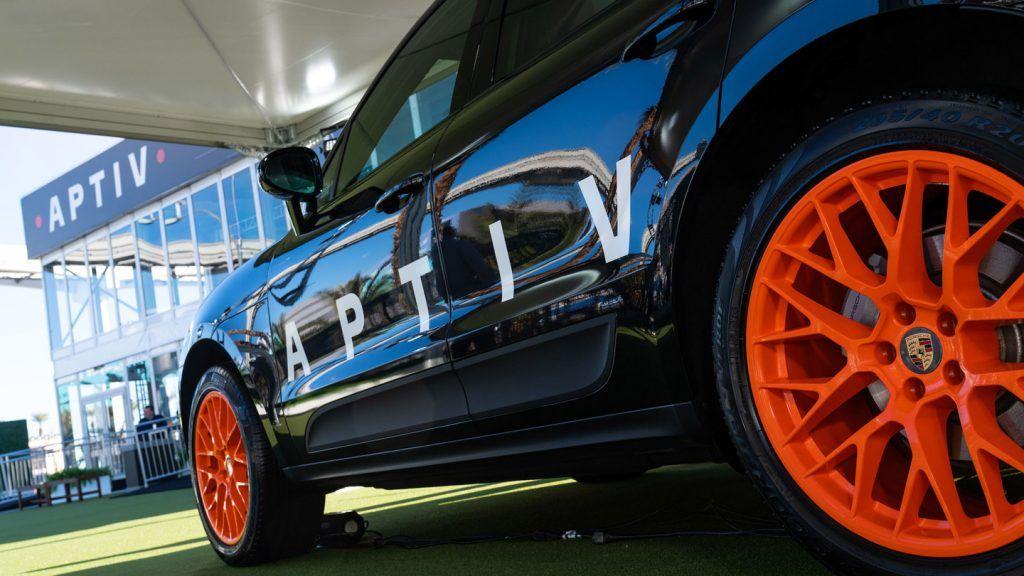Aptiv PLC, an Irish automotive technology provider, outlined three megatrends impacting the global automotive industry.
Aptiv grew out of the now-defunct US company Delphi Automotive System.
The company believes that ever-increasing societal demands have created the three «megatrends» that serve as the foundation for the next wave of market-driven automotive technology advances.
Going forward, its goal is to continue to develop cutting-edge technology focused on addressing these megatrends and apply that technology to products with sustainable margins that enable its customers, both OEMs and others, to produce distinctive, market-leading products.
Megatrends
Safe
The first megatrend, «Safe,» represents technologies intended not only to protect vehicle occupants when a crash occurs, but also those that actually proactively reduce the risk of a crash occurring.
OEMs continue to focus on improving occupant and pedestrian safety to meet increasingly stringent regulatory requirements in various markets.
As a result, vendors are focused on developing technologies aimed at protecting vehicle occupants when a crash occurs, as well as advanced driver assistance systems that reduce driver distractions and automated safety features that proactively mitigate the risk of collision.
Examples of new and alternative technologies that incorporate sophisticated sensing and advanced collision avoidance software include lane departure warning systems, adaptive cruise control, gesture control, and automatic braking.
Green
The second megatrend, «Green,» represents technologies designed to help reduce emissions, increase fuel economy and minimize the environmental impact of vehicles.
Green is a key megatrend today due to the convergence of several issues: climate change, volatility in oil prices, an increasing number of vehicles in use around the world, and recent and pending regulation everywhere. regions with respect to fuel economy and greenhouse gas emissions.
OEMs continue to focus on improving fuel efficiency and reducing emissions to meet increasingly stringent regulatory requirements in various markets.
Globally, the relevant authorities in the larger markets in which Aptiv operates have already instituted regulations requiring reductions in emissions and/or better fuel economy.
In many cases, other authorities have initiated legislation or regulation that would further tighten standards through 2022 and beyond.
Based on the current regulatory environment, Aptiv believes that OEMs, including those in the United States and China, will be subject to requirements for further reductions in carbon dioxide (CO2) emissions over the next 10 years.
For example, in the United States, the Environmental Protection Agency in December 2021 finalized stricter GHG emissions standards for passenger cars and light trucks for model years 2023-2026.
These and other standards will require meaningful innovation as OEMs and suppliers are challenged to find ways to improve engine management, electrical power consumption, vehicle weight and integration of alternative technologies (e.g., electric/hybrid propulsion)
Electric vehicles
As a result, suppliers are developing innovations that result in significant improvements in fuel economy, emissions and performance of gasoline and diesel internal combustion engines.
At the same time, providers are also developing and commercializing new and alternative technologies that support hybrid vehicles, electric vehicles and fuel cell products to improve fuel economy and emissions.
Aptiv is developing key enabling technologies in the areas of vehicle charging and vehicle power distribution and control that are essential to the introduction of its customers’ electrified vehicle platforms.
The company is also enabling the trend towards vehicle electrification with high-voltage electrification solutions that reduce CO2 emissions and increase fuel economy, helping to make the world greener.
Connected and megatrends
The third megatrend, «Connected,» represents technologies designed to seamlessly integrate today’s highly complex vehicles into the electronic operating environment and provide drivers with connectivity to the global information network.
The technological content of vehicles continues to increase as consumers demand greater safety, personalization, infotainment, productivity and driving comfort, which in turn leads to a greater demand for electrical architecture as the basis for this content.
Additionally, with increased use of smart devices in vehicles, driver distractions can increase dramatically, which in turn leads to an increased risk of accidents.
Aptiv pioneers vehicle-to-vehicle (V2V) and vehicle-to-infrastructure (V2I) communication technologies that enable vehicles to detect and signal hazards, reduce vehicle collisions, and improve driver safety, while maintaining connectivity to an increasing number of devices inside and outside of vehicles.
It also uses advanced connectivity solutions, such as wireless technology (OTA), which allows vehicles to receive software updates remotely and collect relevant market data from connected vehicles.
![]()

